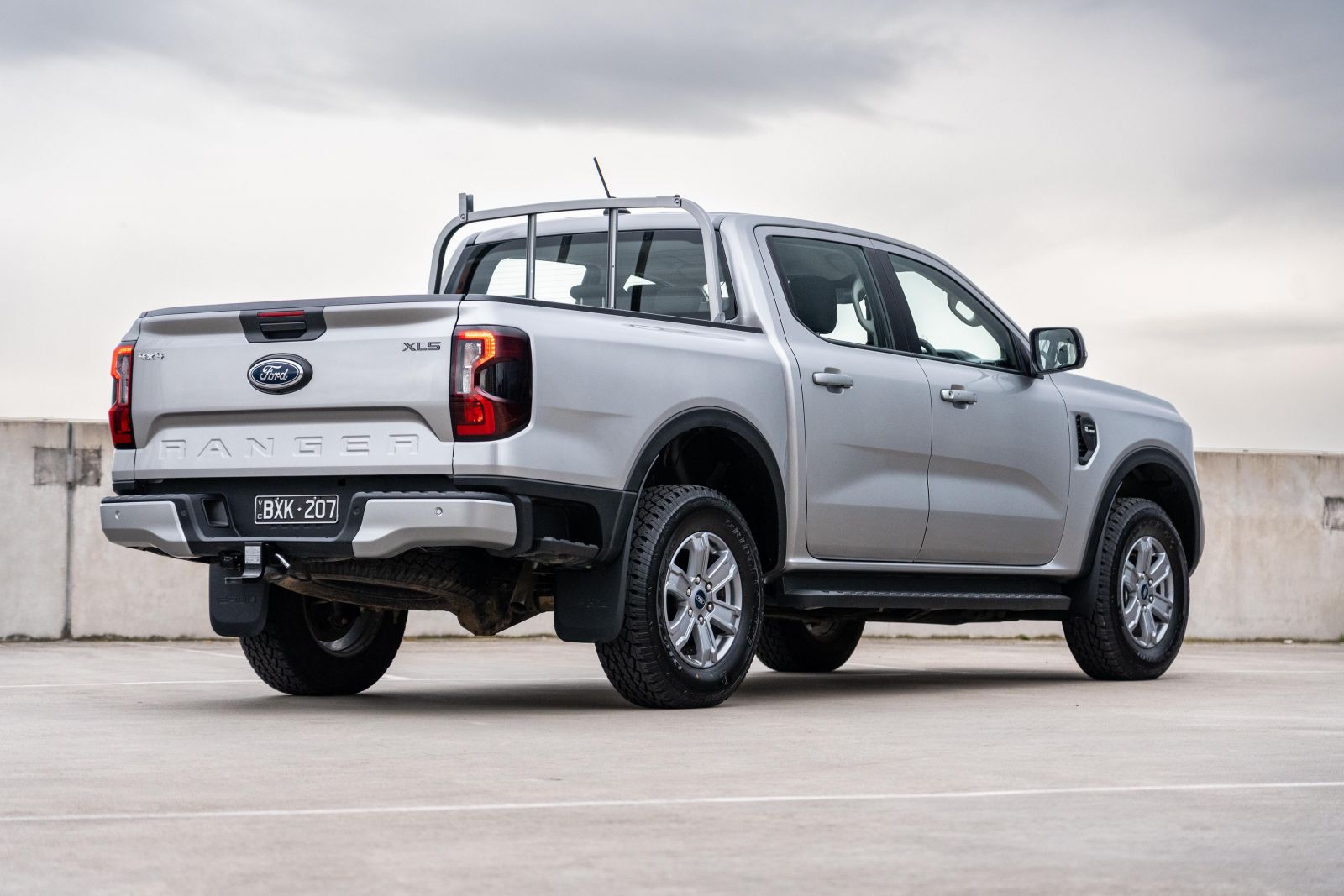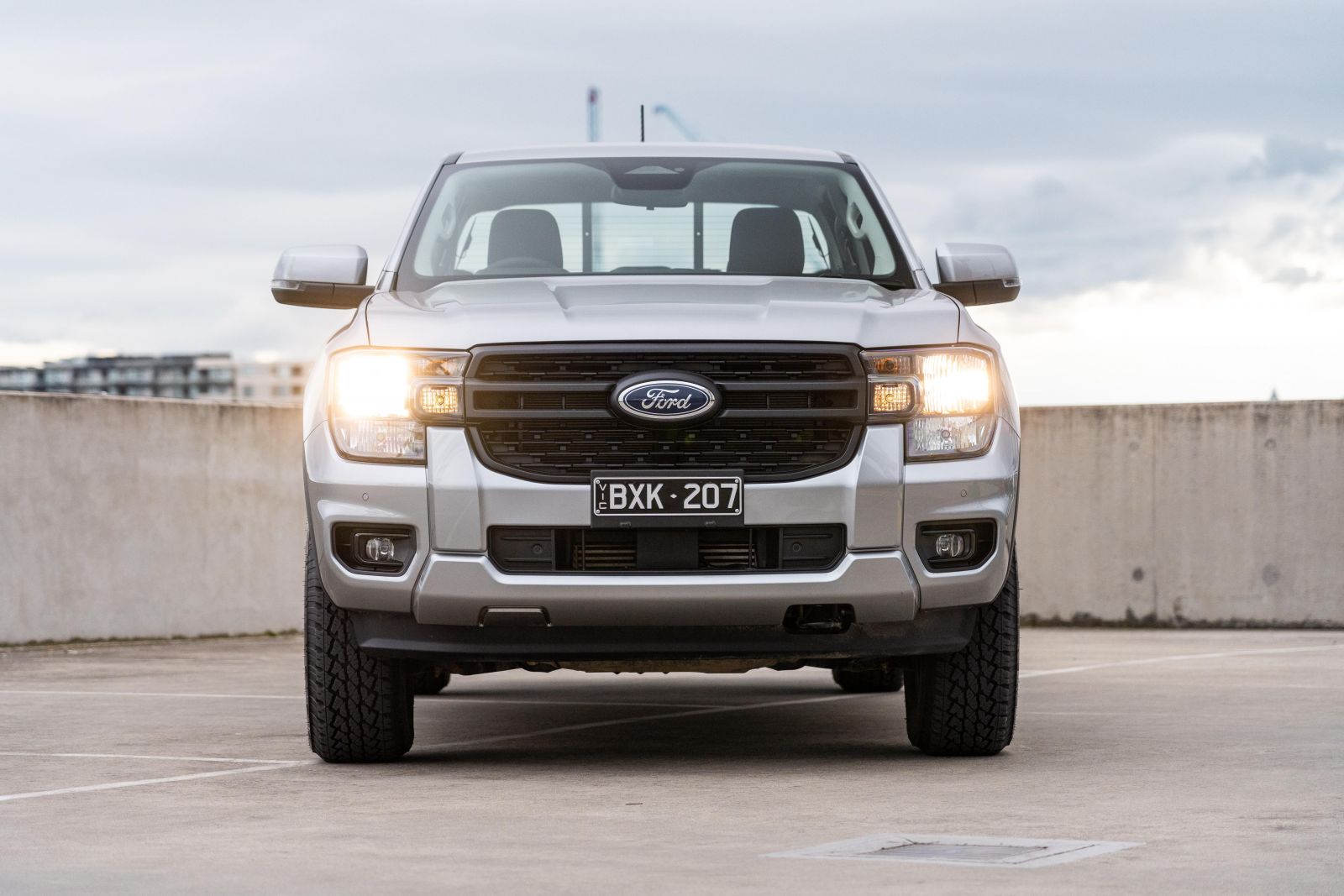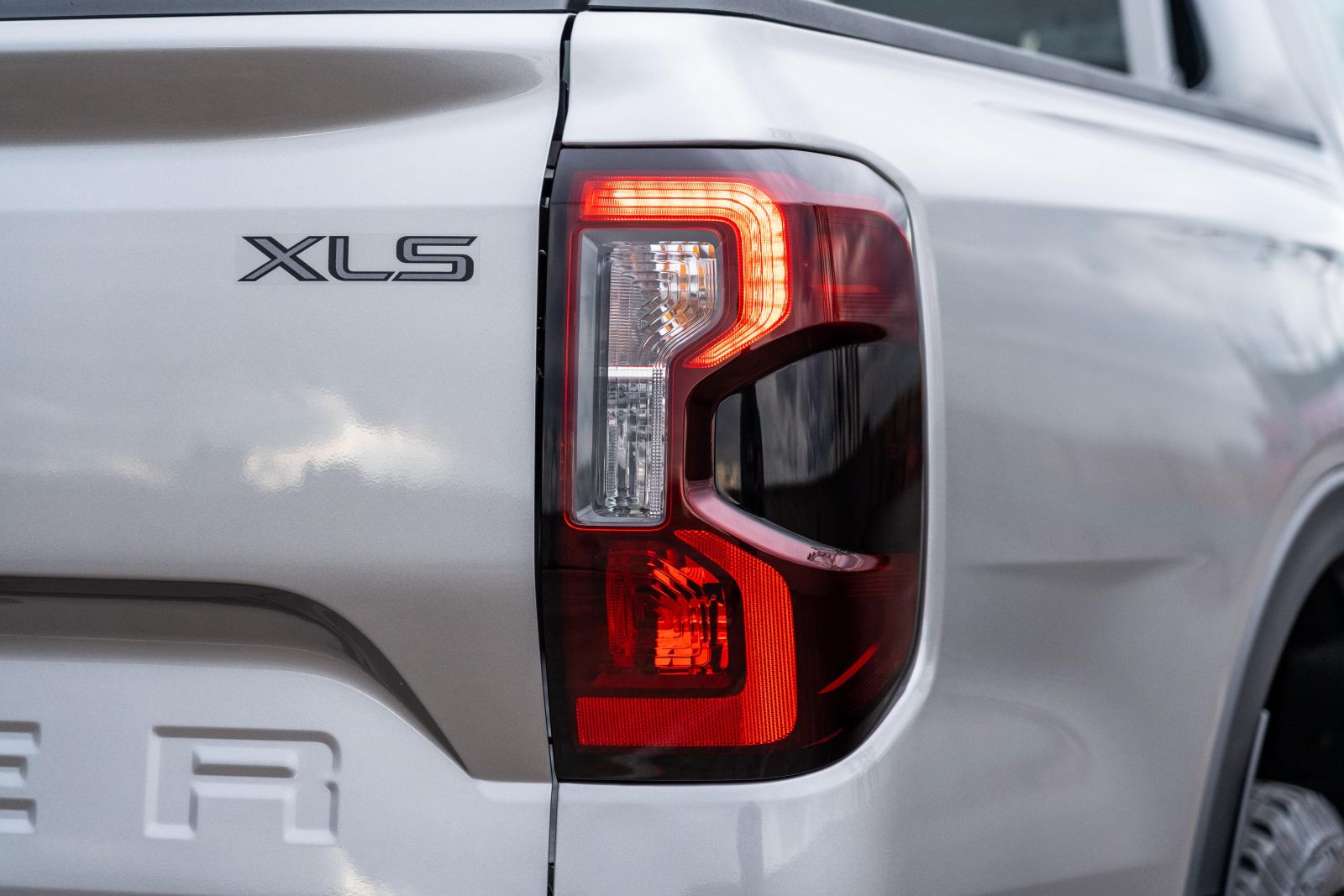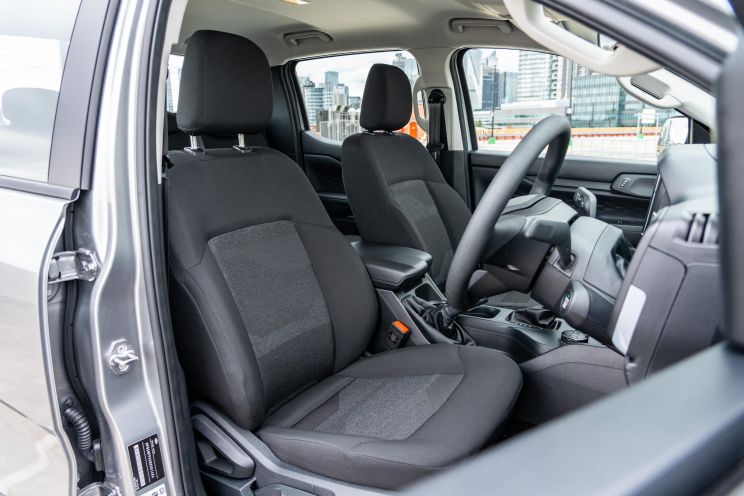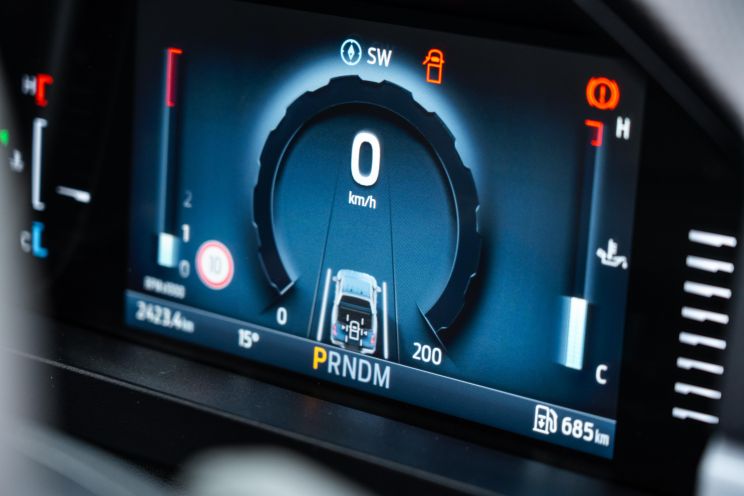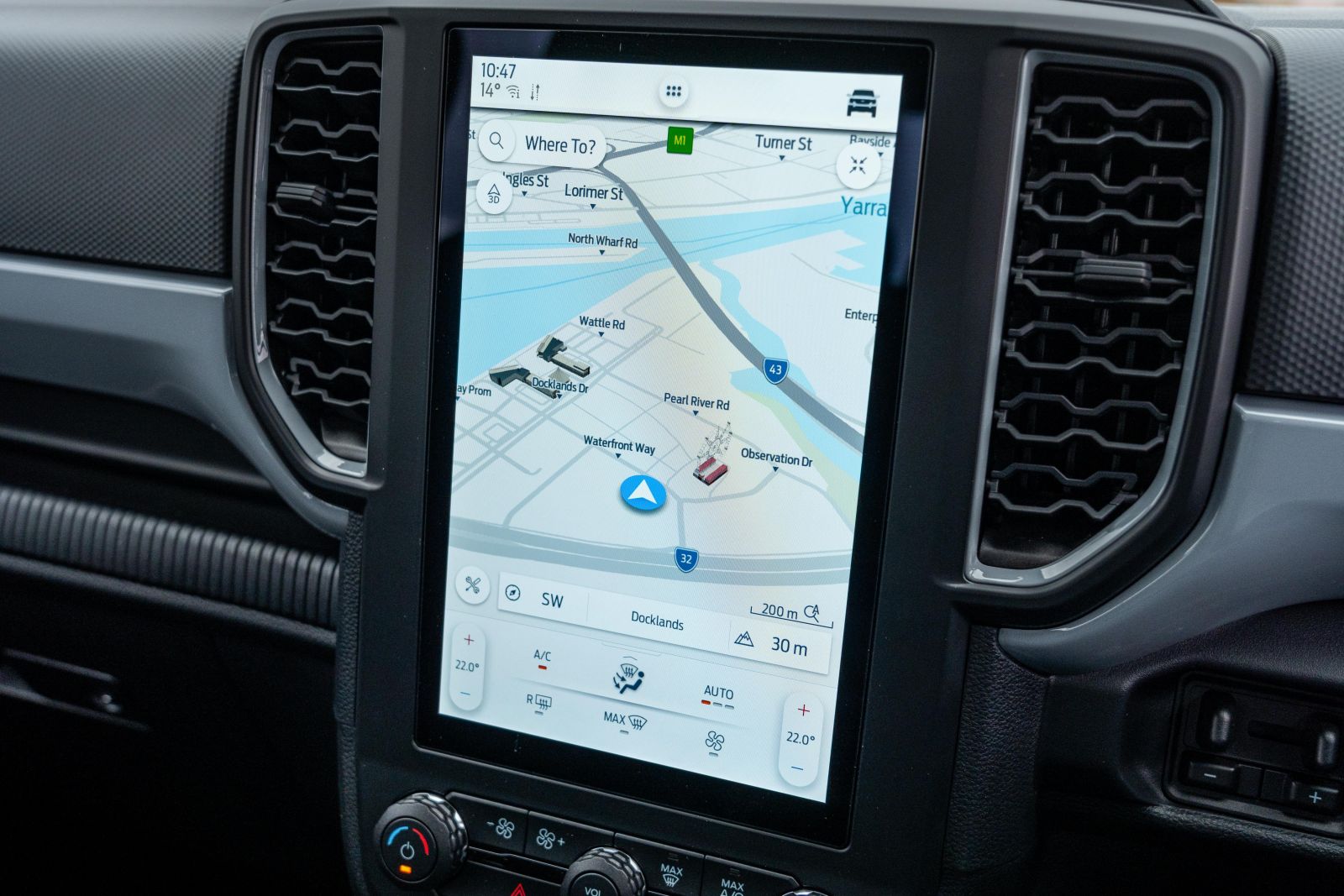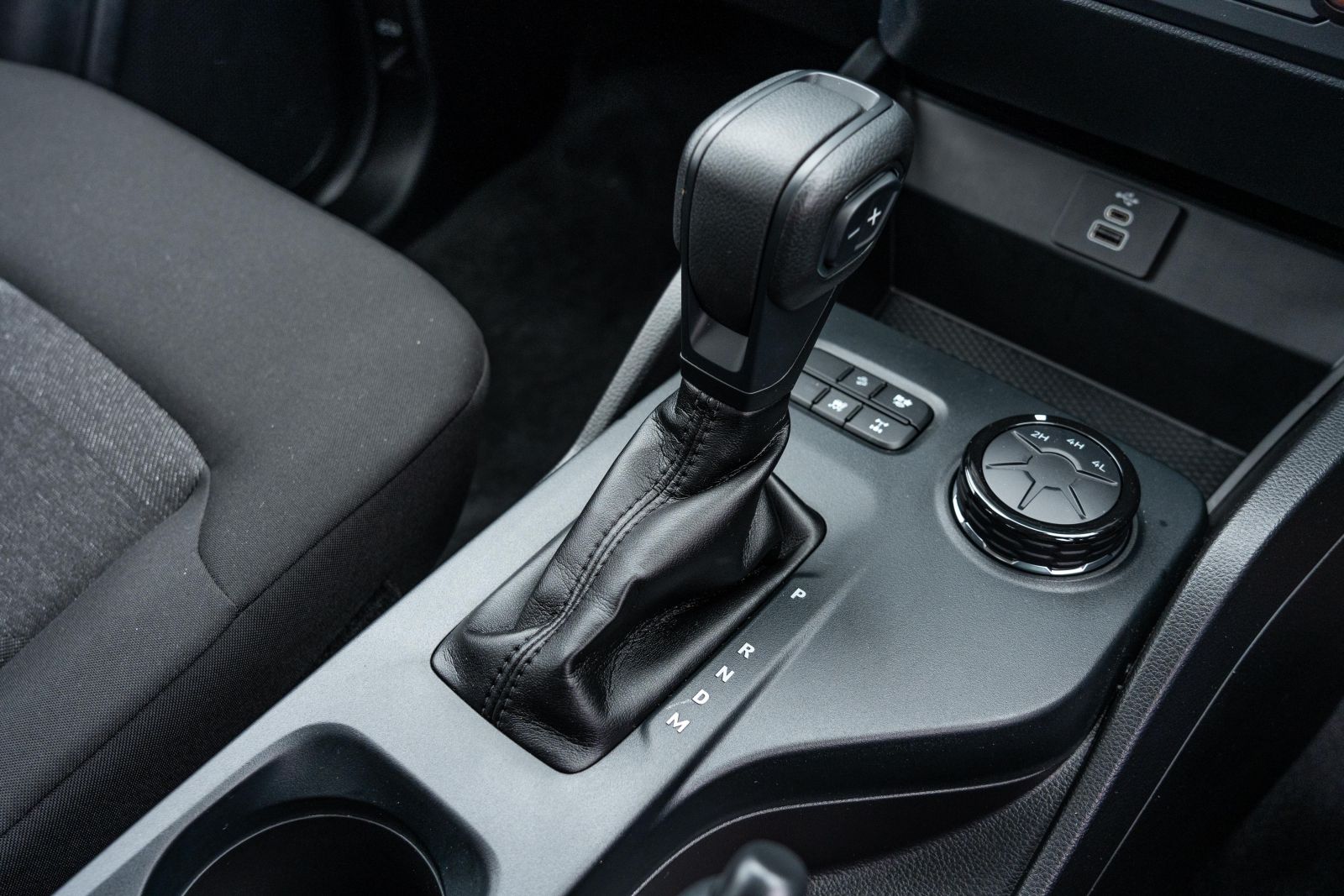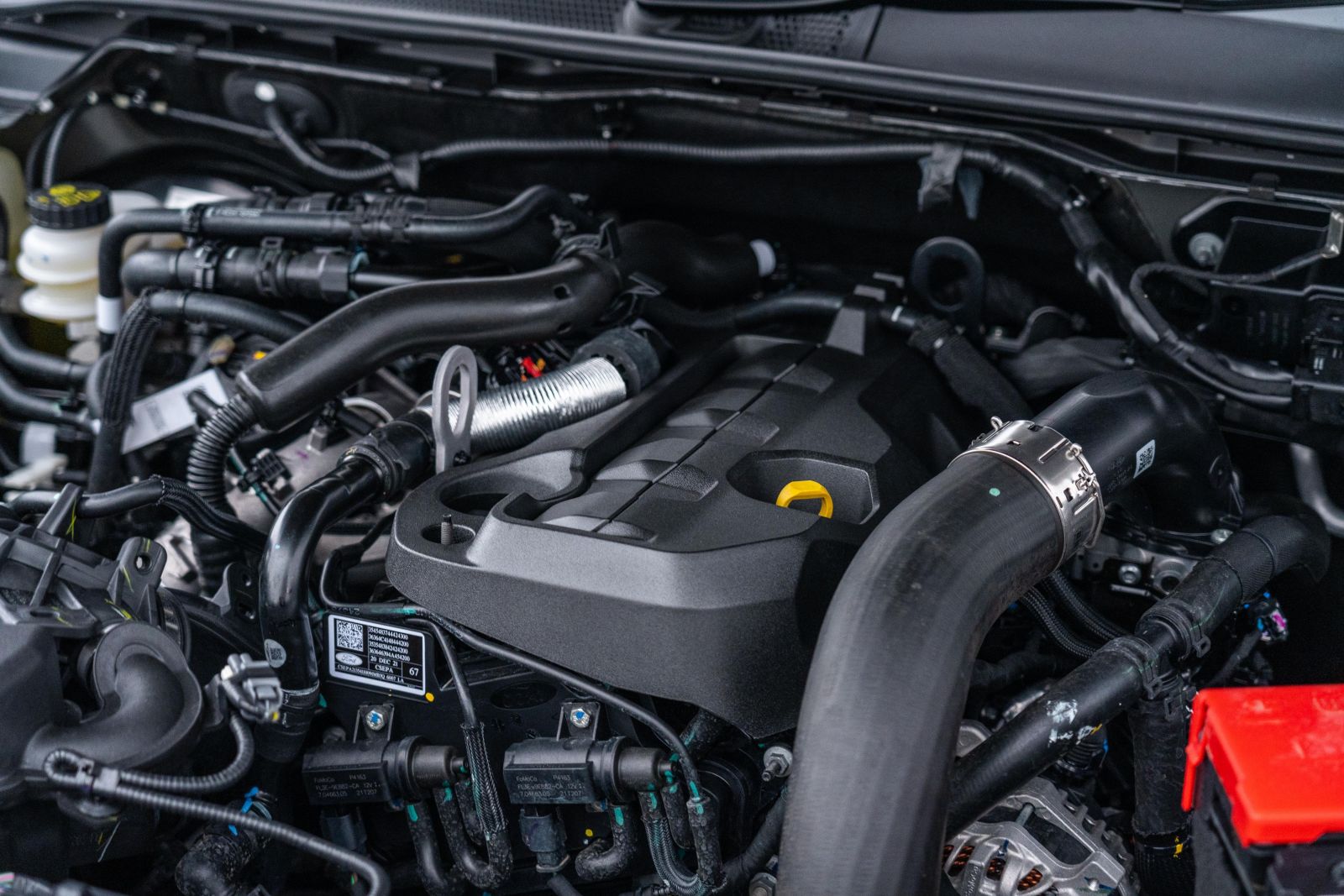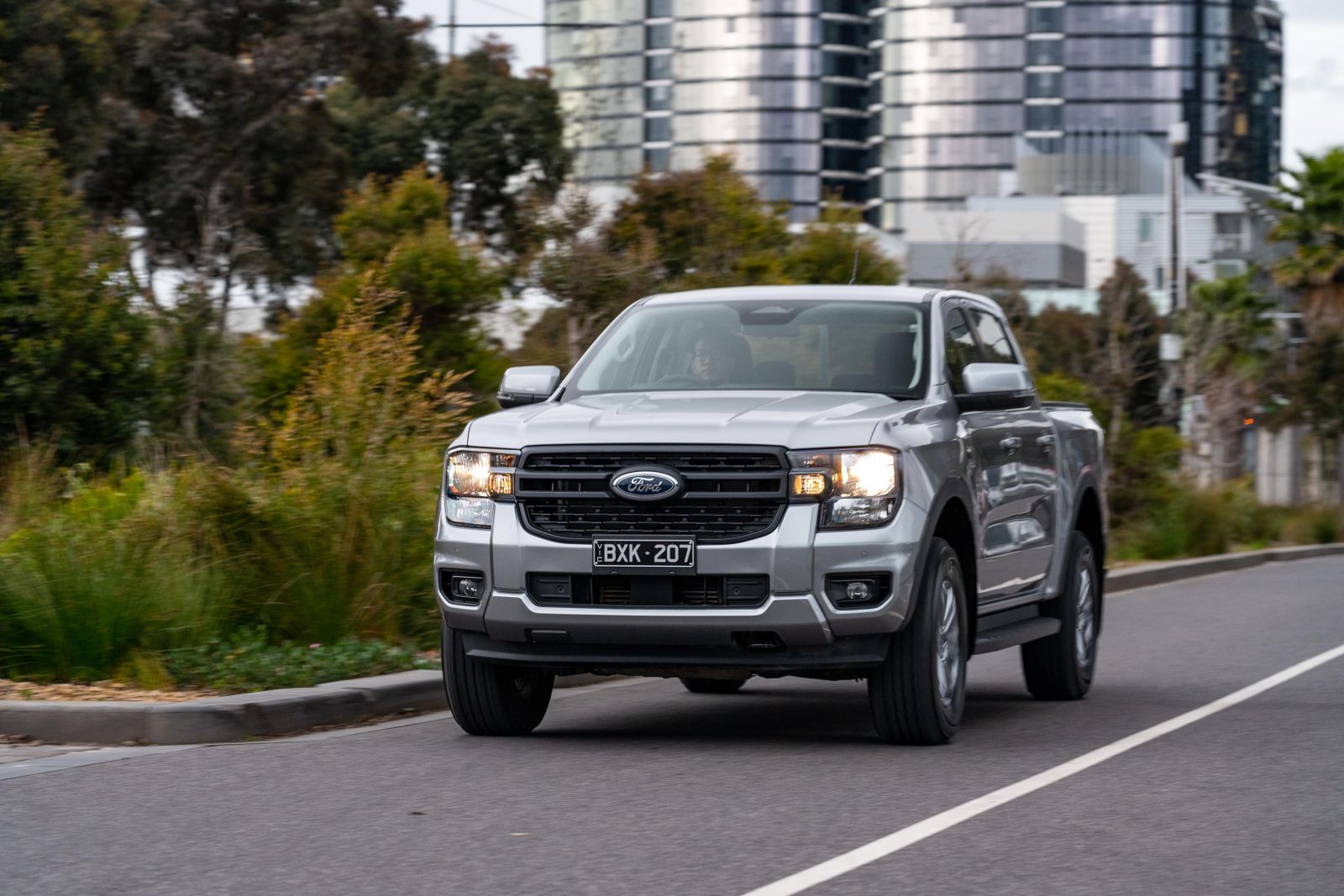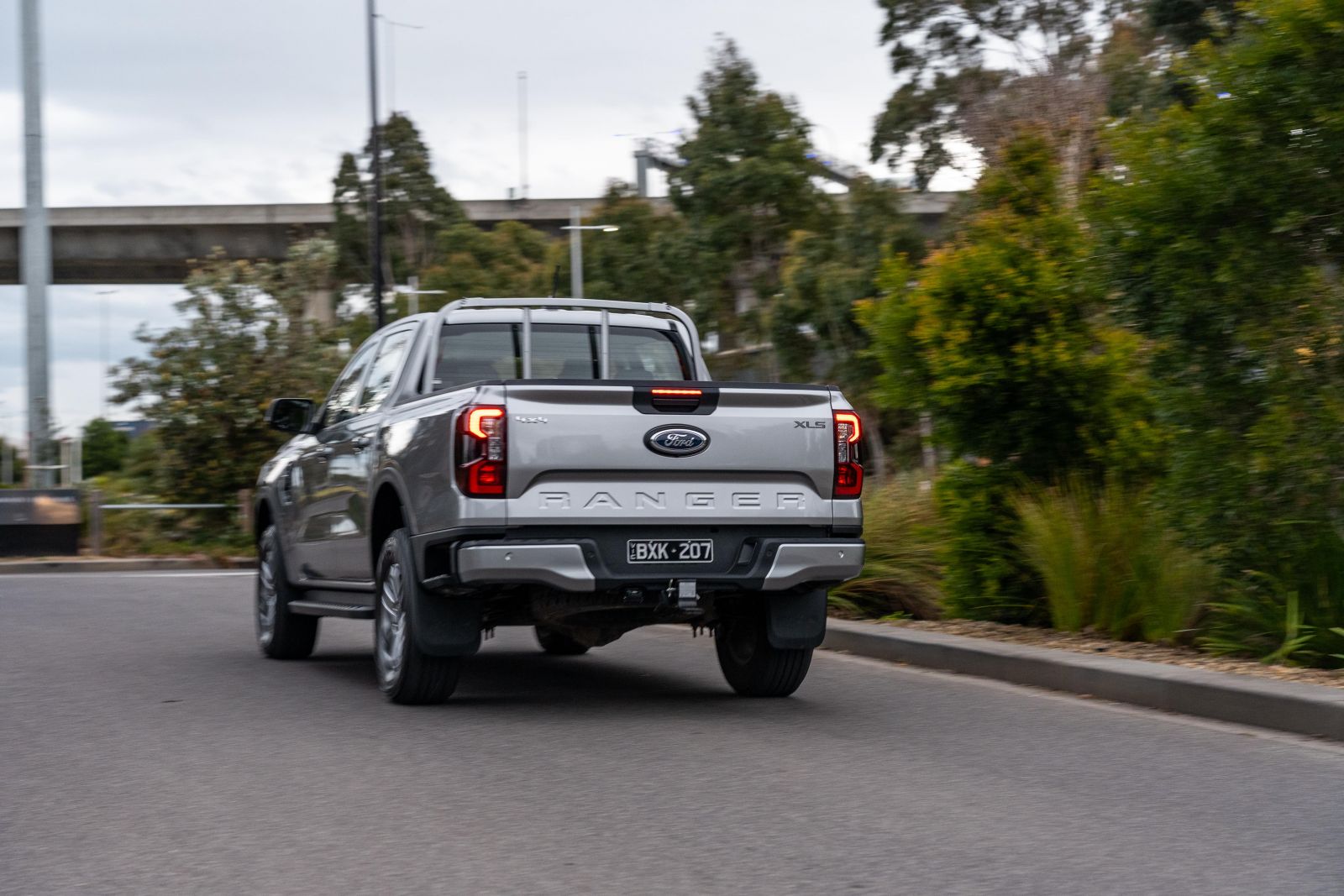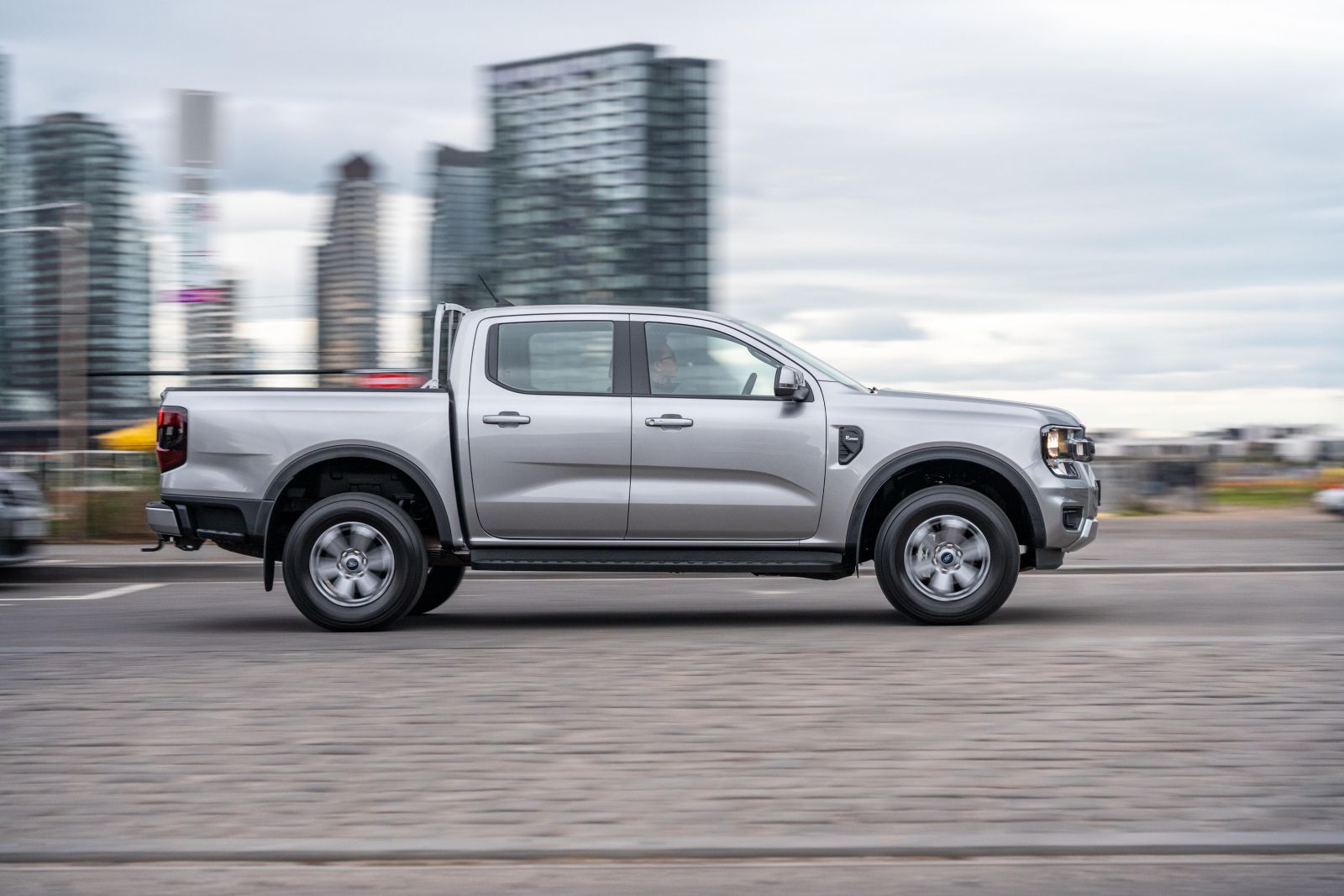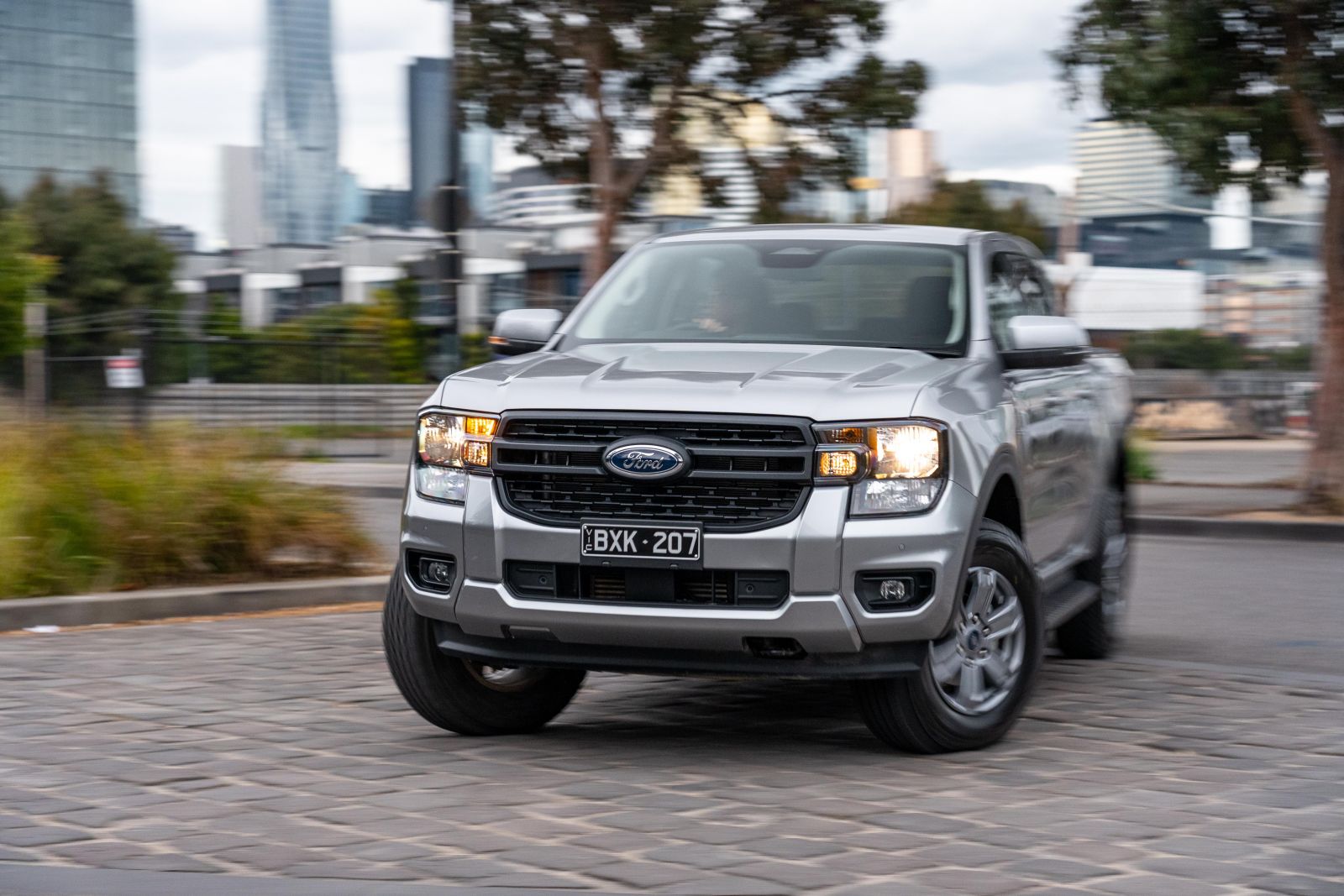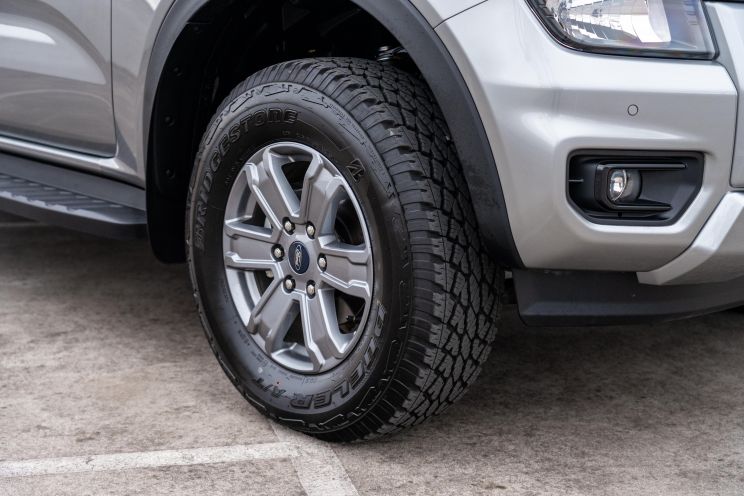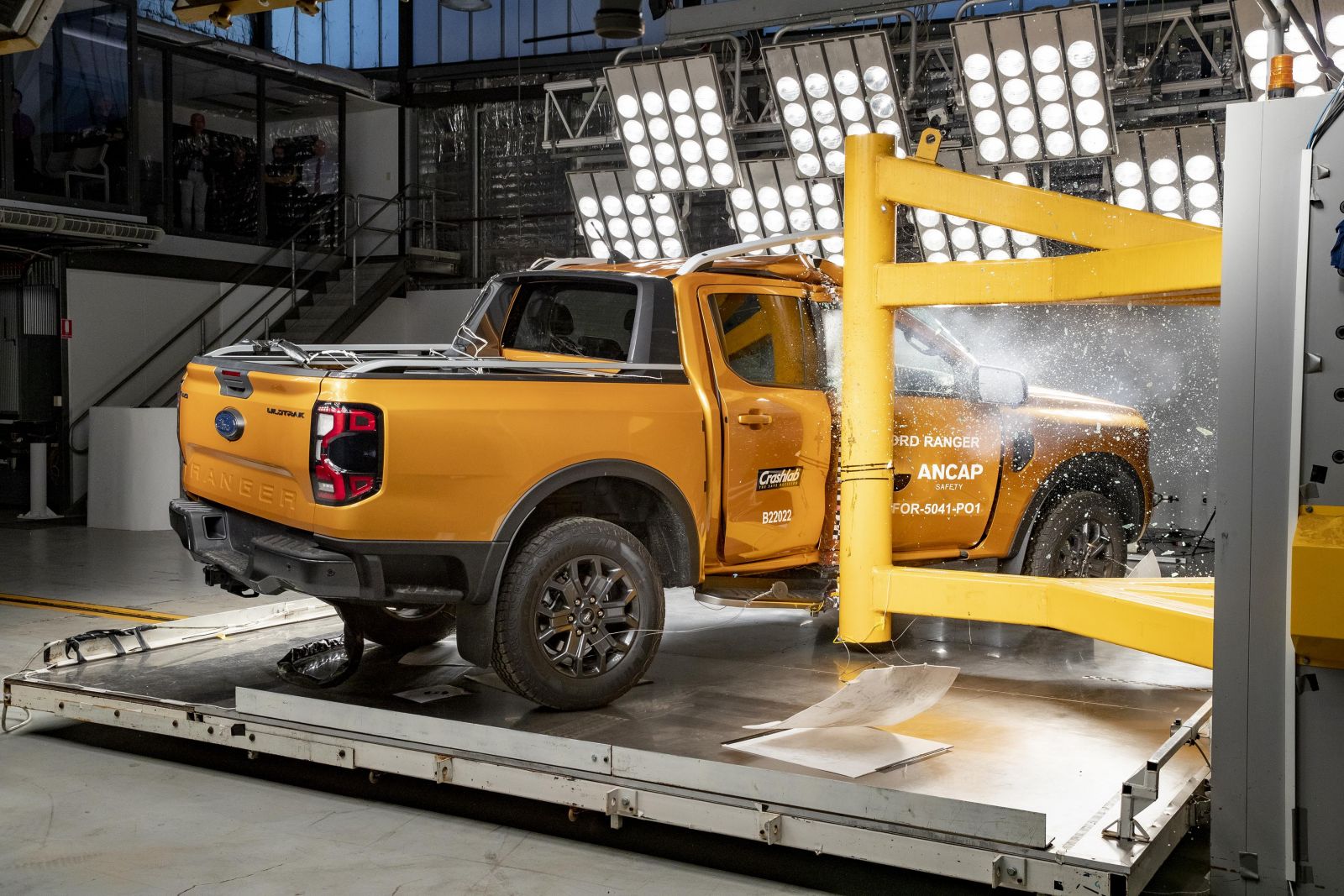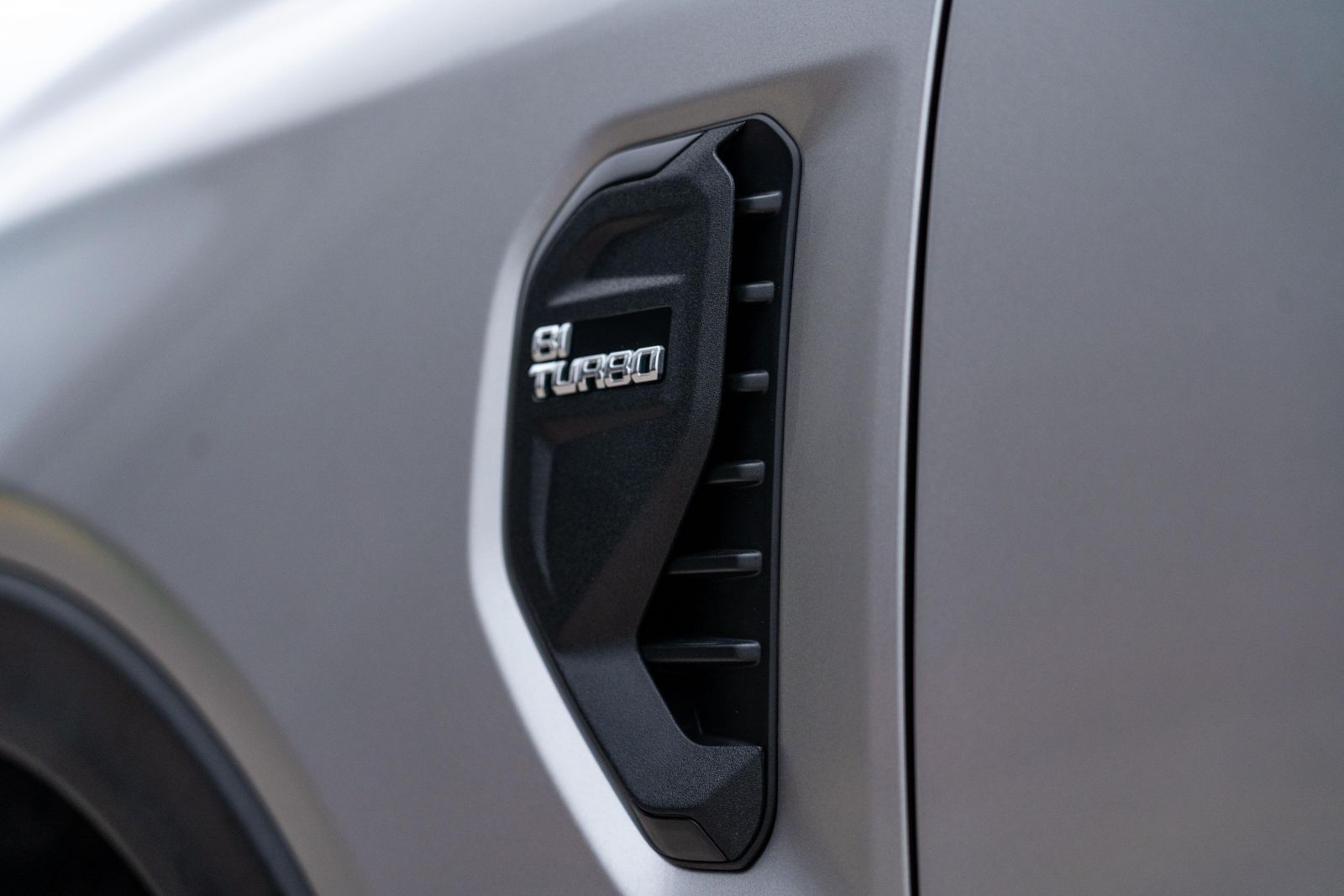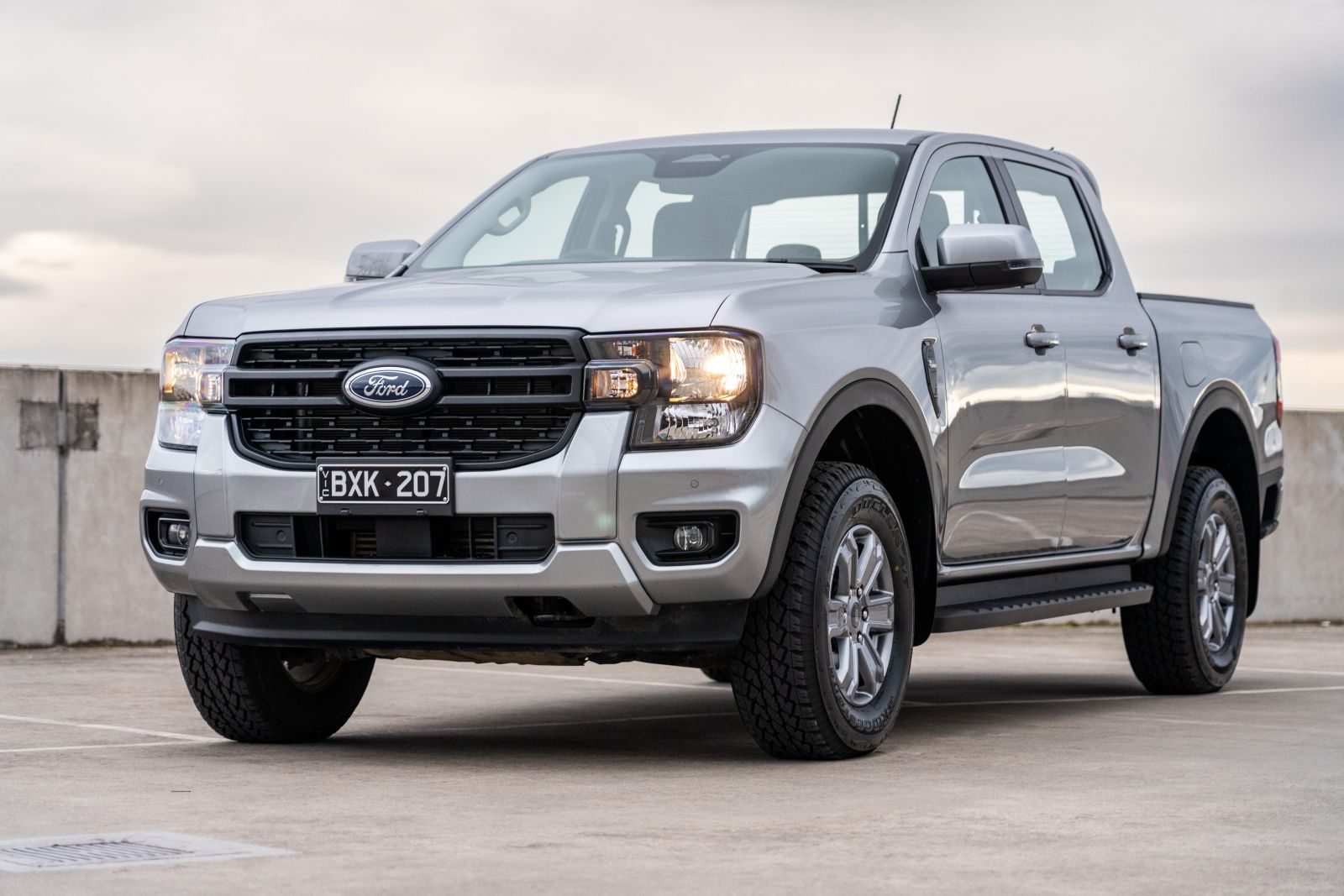The Ford Ranger hardly needs an introduction – it’s Australia’s favourite ute in 2023.
At CarExpert we’ve covered the launch of the new-generation Ranger in plenty of detail, given it’s been one of the most anticipated new vehicle launches of the past year and remains one of Australia’s most popular vehicles.
But now it’s time to filter through as many versions and variants to find which one is the pick of the range.
We’ve reviewed the high-spec trims – i.e. the Sport, Wildtrak and XLT as well as the twin-turbo V6 Raptor – so here we’re looking a little further down. In fact, one up from the base level.
Is the 2023 Ford Ranger XLS 4×4 Double Cab Pick-up as capable as its higher-spec siblings?
How much does the Ford Ranger XLS 4×4 cost?
On test we have the Ranger XLS 4×4 Double Cab Pick-up, which lists for $54,730 before on-road costs after a recent price bump.
You can get a 4×2 version in the same High-Rider Double Cab body style for nearly $8000 less, at $46,730 before on-roads.
The XLS is one step above the XL in the Ranger family tree, and is exclusively available with the 2.0-litre Bi-Turbo four-cylinder diesel engine.
For a full rundown of the 2023 Ford Ranger line-up and the differences between variants, check out our pricing and specs article here.
2023 Ford Ranger XLS pricing:
Ranger XLS
- 4×2 dual-cab pickup, 2.0 Bi-Turbo diesel, 10AT: $47,130 (+$400)
- 4×4 dual-cab pickup, 2.0 Bi-Turbo diesel, 10AT: $54,730 (+$400)
Prices exclude on-road costs
What is the Ford Ranger XLS 4×4 like on the inside?
Being an entry-level commercial vehicle, I was expecting aspects like the cloth seat trim and urethane plastic steering wheel – but even still, the Ranger XLS feels more upmarket than most rivals.
Ford should be commended for fitting its full infotainment suite from the base level – the portrait 10.1-inch Sync 4 system is easily the benchmark, and won’t be challenged until Volkswagen releases its version of the same display in the upcoming new Amarok.
More on the touchscreen in a bit, but there’s also an 8.0-inch digital instrument cluster as standard. It’s quite basic in form and function, but it’s impressive Ford has an entirely digital interface up front even from the base level.
Comfort up front is up there with the class leaders too, with a wide range of adjustment in the driver’s seat and steering wheel. The Ranger gets reach and rake adjustment for the tiller, something that a number of rivals still don’t offer.
Material quality in the XLS isn’t quite as plush as you’ll find higher up in the range, but while the bulk of surfaces are harder plastic, everything feels pretty durable and the build feels tightly screwed together.
The front seats are basic and not super bolstered, but they’re comfortable and trimmed in a hard-wearing cloth that feels like it’s made to handle the tradie life.
The wide range of adjustment, as mentioned earlier, is a win and in keeping with the Ranger’s SUV-like feel. It is basically an Everest with a tray, after all.
Ergonomically it’s pretty sound, with well laid-out, chunky controls on the steering wheel, and stuff like the portrait-oriented touchscreen and climate controls are all within easy reach. It’s just a shame the steering wheel has a bare urethane rim and isn’t wrapped in leather or leatherette.
A key highlight of the Ranger cabin is the infotainment and the display tech, headlined by the 10.1-inch portrait-oriented touchscreen in lower grades running Ford’s latest Sync 4 operating system.
Equipped as standard with wireless Apple CarPlay and Android Auto, as well as FordPass Connect with embedded modem, our test car’s optional Tech Pack ($750) adds a slew of items including embedded satellite navigation, DAB+ digital radio, dual-zone climate control with second-row vents, as well as keyless entry and start.
It’s a small price to pay for the full technology suite – ticking this box is a no brainer for us.
While on-paper specs can often translate to underwhelming operation in the real-world use, the Ranger’s infotainment unit – particularly with the option pack – is a benchmark.
We imagine the strongest competition coming in the near future is be the new Amarok, which incidentally is the same car underneath and will base its infotainment tech off the Ranger’s – if you can’t beat ’em, join ’em… right?
There’s a good amount of storage up front, too.
Big cubbies and shelves live ahead of the shifter for keys, phones, wallets – though there’s no wireless phone charger here – and the cupholders between the front seats will be more than enough to handle your Maccas latté at 5:30 in the morning.
The door bins are deep for larger bottles too, and the cubby underneath the front-centre armrest is likewise pretty deep and accommodating.
Overall it’s quite nice relative to its peers, proving workmanlike utes don’t have to come at the cost of refinement.
The second row hasn’t quite got the same amount of ‘wow’ factor (not that we were expecting it to), but like the front covers all the basics and them some to lend an SUV or passenger-car like experience for those in the back.
Leg- and headroom are good for the class, though the middle seat might be too skinny if you’re wanting to go five-up. The rear air vents included as part of the Tech Pack are welcome, as are the 12V power socket and map pocket behind the front passenger seat.
If your workhorse doubles up as a family runaround, there are ISOFIX anchors on the window seats and top-tether points across all three rear pews.
The seats also fold forward and the seat bases up, the latter revealing under-seat storage if you want to hide things away from prying eyes.
Dual-cab Ranger variants have a wider tub than before, sufficient to flat-stow a 1200mm x 800mm pallet. It’s also simpler to access, with sturdy box steps fitted just behind the rear tyres.
The counterbalanced tailgate – with mounting points for vices and even a pre-drawn ruler – is super light to operate.
There are six tie-down hoops in the bed, and the box sides have attachment points for canopies. The spray-in bed liner seen here is a $400 option, and feels sturdier than the standard tub whilst also looking more rugged.
What’s under the bonnet?
Ranger XLS models are powered exclusively by a 2.0-litre Bi-Turbo four-cylinder diesel, mated to a 10-speed automatic transmission as standard. Rear-wheel drive is standard, with selectable 4×4 commanding a $7600 premium.
Outputs are quoted at 154kW (3750rpm) and 500Nm (1750-2000rpm), 3kW down on the outgoing generation but the same amount of torque.
Ford claims combined fuel economy of 7.6L per 100km, giving a theoretical driving range of over 1000 kilometres from the Ranger’s 80-litre fuel tank. CO2 emissions, meanwhile, are quoted at 201g/km.
Unlike the V6 diesel available further up in the range, the Bi-Turbo version of the Ford Ranger doesn’t have idle stop/start. Australian models are also Euro 5-certified, meaning there’s a diesel particulate filter (DPF) but no AdBlue.
The Ranger XLS 4×4 Double Cab Pick-up quotes a kerb weight of 2272kg, with a payload of 958kg. GVM and GCM are rated at 3230kg and 6350kg respectively, while towing capacity is a maximum 3500kg when fitted with the optional tow bar and trailer brake controller.
How does the Ford Ranger XLS 4×4 drive?
I’ve never been fond of driving lower-grade utes – utes in general for that matter – but the Ranger XLS breaks the mould.
We’ve praised various Ranger models in the past for their SUV-like driving experience, and this trait is reflected at the lower end of the range.
The 2.0-litre Bi-Turbo diesel has a bit of clatter on start and at idle, but it’s otherwise a pretty refined unit with ample grunt to get this truck up to speed without the loud, rattly soundtrack that’s still present in a range of rivals.
Sure, it’s not quite as effortless as the 3.0-litre V6 available further up the range, but even if the bent six has set a new benchmark for the segment, Ford’s 2.0-litre Bi-Turbo remains a favourite amongst the four-cylinder set.
The 10-speed automatic is far more intuitive than the previous generation, with more decisive shifts and a tendency to better lean on the diesel engine’s 500Nm of torque rather than busily shuffling through ratios – which used to give the impression the old Ranger had more ratios than it could handle.
The effortless acceleration makes peak-hour commutes in traffic a doddle, and same goes for cruising on the highway between work sites, or wherever you’re headed.
Ford has done a great job making the Ranger comfortable and refined all round, with one of the best ride set ups in the segment for all-round use, even if there’s a slight jar in the rear end over harder hits when unladen.
As mentioned earlier, the Ranger really comes close to riding and handling like an SUV. If anything, the difference in ride compliance due to the leaf-sprung rear end is the key differentiating factor between the Ranger and its wagon-bodied Everest twin.
We didn’t load this particular Ranger up with weight in the rear end, but previous tests has old us the rear end settles a bit if you carry a couple of hundred kegs-worth of gear in the back.
Where the old Ranger felt a tad vague through the steering wheel, the new one feels much more connected if still with a very light and assisted feel for better ease of use.
Despite its size (5370mm long, 1918mm wide), the Ranger is actually pretty easy to place in car parks and tight streets, helped by a clear reversing camera, big side mirrors and windows, as well as front and rear parking sensors.
It’s hefty dimensions and large footprint do, however, give the ute a sure-footed stance on the road even in adverse weather conditions.
Given Bi-Turbo versions of the Ranger get a selectable 4×4 system instead of the full-time operation of V6 models with 4A mode, the XLS 4×4 rarely comes unstuck unless you really hoof it on a slippery or loose surface. But, it definitely feels more tied down than a lot of other utes in 2H when driving the rear wheels only.
Unlike a lot of utes at the lower end of their respective line-ups, the Ranger comes fully equipped with driver assistance systems that you’d expect of a modern vehicle.
Standard adaptive cruise control and lane-keep assist are great inclusions and work the same as in any other Ford passenger car, while blind-spot assist and rear cross-traffic alert are handy given the ute’s huge length.
A clear reversing camera, as well as front and rear parking sensors are also very handy, and as mentioned earlier make the new Ranger fairly easy to park all things considered.
It’s a shame a 360-degree camera system isn’t included in the optional Tech Pack for XLS models, while stop/go functionality for the adaptive cruise control and lane centring assist are reserved for XLT variants and above.
What do you get?
Ranger XL highlights:
- 16-inch steel wheels
- 16-inch steel spare wheel
- All-season tyres
- Front disc, rear drum brakes
- Black grille
- Halogen headlights
- Halogen daytime running lights
- LED central high-mounted stop light
- Halogen tail lights (Cab-Chassis)
- LED tail lights (Pick-Up)
- Tailgate with lift assist (Pick-Up)
- Integrated tailgate step (Pick-Up)
- 8.0-inch digital instrument cluster
- 10.1-inch Sync 4 touchscreen infotainment system
- Wireless Apple CarPlay, Android Auto
- Embedded modem
- Remote start via FordPass app
- Tilt, telescopic steering column
- Ebony cloth upholstery
- 8-way manual driver seat
- 4-way manual front passenger seat
- Vinyl floor covering
- Power rear windows (Double Cab)
- Single-zone climate control
- Electronic-locking rear differential (4×4)
- Conventional gear selector
- Mechanical handbrake
Ranger XLS adds:
- 16-inch Dark Sparkle Silver alloy wheels
- Black side steps
- Halogen front fog lights
- Black grille with silver accents
- Carpet flooring
- Driver floor mat
- 6-speaker sound system
- Front parking sensors
- Drive modes (4×4)
Is the Ford Ranger XLS 4×4 safe?
The Ford Ranger line-up (excluding Raptor) wears a five-star ANCAP safety rating with 2022 date stamp.
Category scores included 84 per cent for adult occupant protection, 93 per cent for child occupant protection, 74 per cent for vulnerable road user protection and 83 per cent for safety assist.
Vehicles built before August 20 2022, however, will need a software update to their lane-keeping software to mirror the specifications of five-star vehicles. Ford says dealers will carry out the update at an owner’s next service.
Standard safety equipment includes:
- 9 airbags
- incl. driver, passenger knee airbags
- incl. front-centre airbag
- Autonomous emergency braking (AEB)
- Car, Pedestrian, Cyclist detection
- Junction assist
- Adaptive cruise control
- Blind-spot assist
- Rear cross-traffic alert (Pick-up)
- Lane departure warning
- Lane keep assist
- Road edge detection
- Reversing camera (Pick-up)
- Rear parking sensors (Pick-up)
- Trailer Coverage (with optional Tow Pack)
Ranger XLT adds:
- Adaptive cruise control incl. stop/go
- Blind-spot monitoring incl. Trailer Coverage
- Lane centring assist
- Traffic sign recognition
- Tyre pressure monitoring
How much does the Ford Ranger XLS 4×4 cost to run?
The Ranger line-up is covered by Ford Australia’s five-year, unlimited-kilometre warranty, bolstered by Ford National Roadside Assistance and Auto Club Lifestyle membership for up to seven years after purchase.
Scheduled maintenance is required every 12 months or 15,000 kilometres – whichever comes first.
Ford offers capped-price servicing for up to four years or 60,000km. The Ranger will cost $329 per visit to service for the first four visits. Keep in mind rivals like the HiLux still require servicing every six months.
In terms of real-world fuel consumption, we saw an indicated 10.2L/100km with mixed driving including daily commuting to and from the CarExpert Melbourne office in peak-hour traffic.
Quite a bit up on Ford’s claim, and no doubt would be reduced if idle stop/start was fitted to Australian models.
CarExpert’s Take on the Ford Ranger XLS 4×4
The Ranger XLS shows off the very solid foundations underneath flashier high-spec variants.
Unlike many other manufacturers, Ford has done an excellent job at including plenty of the good stuff right from the bottom of the range, meaning you don’t have to spend large to get a great all-round dual-cab.
Yes, the XLS’s halogen lights, cloth seats and lack of sports bar are very Ranger ‘Basic’, but if you’re working with a strict $60,000 budget you can have everything you need and then some – especially with the Tech Pack optioned.
Whether you’re headed to the work site or the school run, the Ranger XLS 4×4 is a comfortable, refined and well-featured dual-cab ute that betters similarly-priced rivals that are positioned at the higher end of their line-ups both in terms of on-road prowess but also the critical areas of tech and safety.
The Ranger is powered by one of the best four-cylinder diesel engines in the class, and isn’t laborious to drive day-to-day like some competitors still are. Plus, it’ll tow up to 3500kg and is very capable off the beaten track as we’ve found out previously.
It’s the benchmark, simple as that.
Click the images for the full gallery
MORE: Everything Ford Ranger

